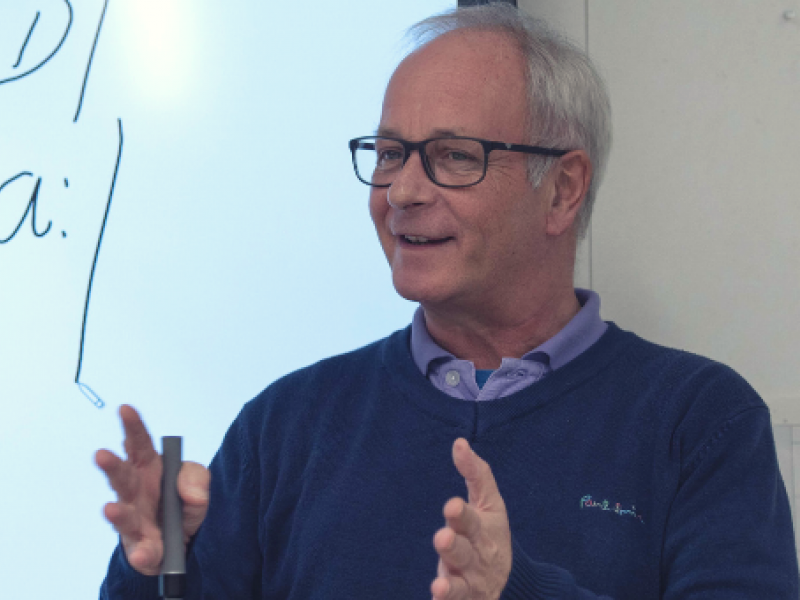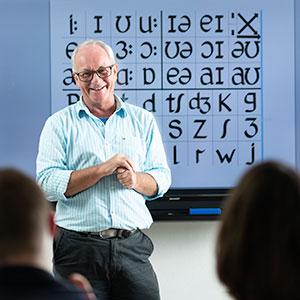11th March 2019
When I look back on the most common references to teacher talking time (TTT) in feedback forms and post lesson reflections, I see comments such as high TTT, my TTT was excessive, TTT unnecessarily high, TTT interupted learners thinking time, reduce my TTT. Do these sound familiar to you? How many people on your course obsessed over TTT? Take a few seconds and think back. There are probably many other examples you can come up with or put some names to those you remember were obsessed with TTT. Why is it then that trainers and trainees are so ‘caught up’ with it?
Yes, TTT does potentially increase opportunities for learners to talk, but it doesn’t stop there. Does it help develop learners’ language? As Jeremy Harmer (2017: 118) says it’s the ‘quality that really counts’ and it’s the responsibility of the teacher to promote effective and efficient language use, says Steve Walsh in his article ‘Talking the Talk in the TESOL Classroom’.
Teacher talk to give learners opportunities to develop their language is important. Teachers need to look at their own talk and develop an awareness of their own talk and apply the appropriate type of talk. Choice of talk and its place is important as this can help or hinder learning. Is it starting to make sense? Reducing TTT promotes interaction and choosing the right type of talk in the right place promotes language development. Therefore, learners are provided with the optimum opportunity to develop their language through interaction.
The classroom is a community, its discourse is constructed by the teacher and the learners who have mutual goals. It's not that difficult to make choices about types of talk if we think of the classroom like this. Since pedagogic goals are manifested in interaction, talk type and pedagogic goals can be matched. Steve Walsh provided a framework for this, which in its fuller form (with 14 examples of interactional features) is available in his article QTT-v-TTT: never mind the quality feel the width an adapted version is shown below.
| Pedagogic Goals | Interactional Features |
| To transmit information. | A single extended teacher turn using explanations or instructions. |
| To provide language practice around a piece of material. | Use of check questions (where the answer is known by the teacher). |
| To provide feedback. | Use of direct repair. |
| To enable learners to express themselves. | Use of real questions (where the teacher does not know the answer). |
These examples do show the relationship between pedagogic goals and interaction and which can be incorporated in planning and delivery of lessons. The combination of these criteria is the one that creates ‘quality teacher talk’.
As an extension for further development, identified by Walsh, evaluate your talk by analyzing a 10-15 minute recording of your classroom interaction, identifying pedagogic goals and interactional features. Get your colleagues to analyse it as well and encourage them to analyse their talk and have them ask for comments. The analysis and the framework are good developmental tools, to build a wider range of teacher talk skills as well as promoting language development in class by promoting more opportunities. Whether you’re on initial teacher in training, an experienced teacher, thinking about or doing the Trinity Dip.TESOL or a qualified trainer, just try it.
Want to meet with one of our professional teacher trainers? Come and join one of our upcoming professional development sessions held reguarly throughout the year.
References:
Harmer, J, 2007, How to Teach English. Harlow: Pearson Education
Walsh, S, 2001, QTT-v-TTT: never mind the quality feel the width. ih journal of education and development, September 2001, 16-21
Walsh, S, 2006, Talking the Talk of the TESOL Classroom. ELT Journal, Vol. 60, issue 2, April 2006, 133-141 http://ihjournal.com/wp-content/uploads/journal/Issue_11.pdf



